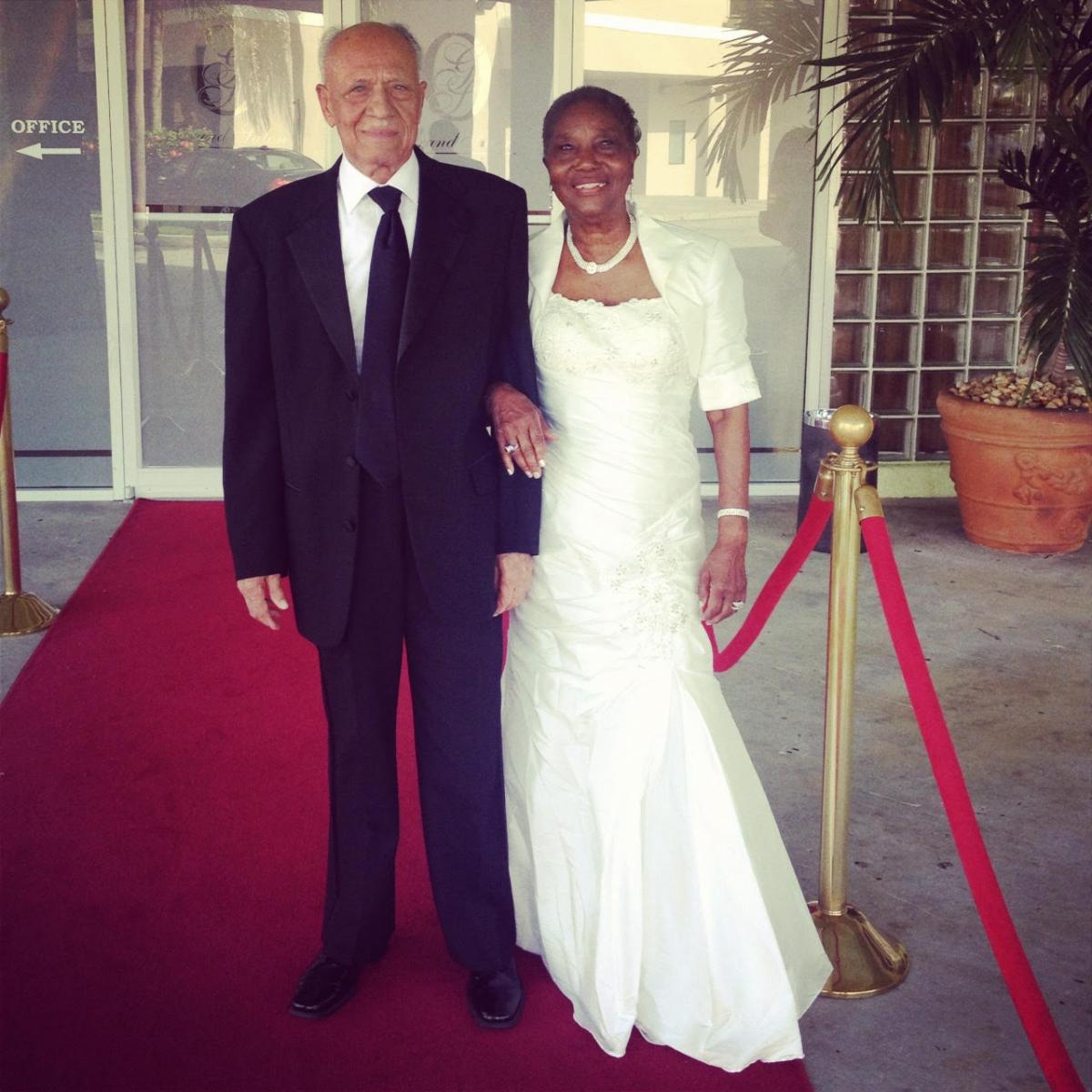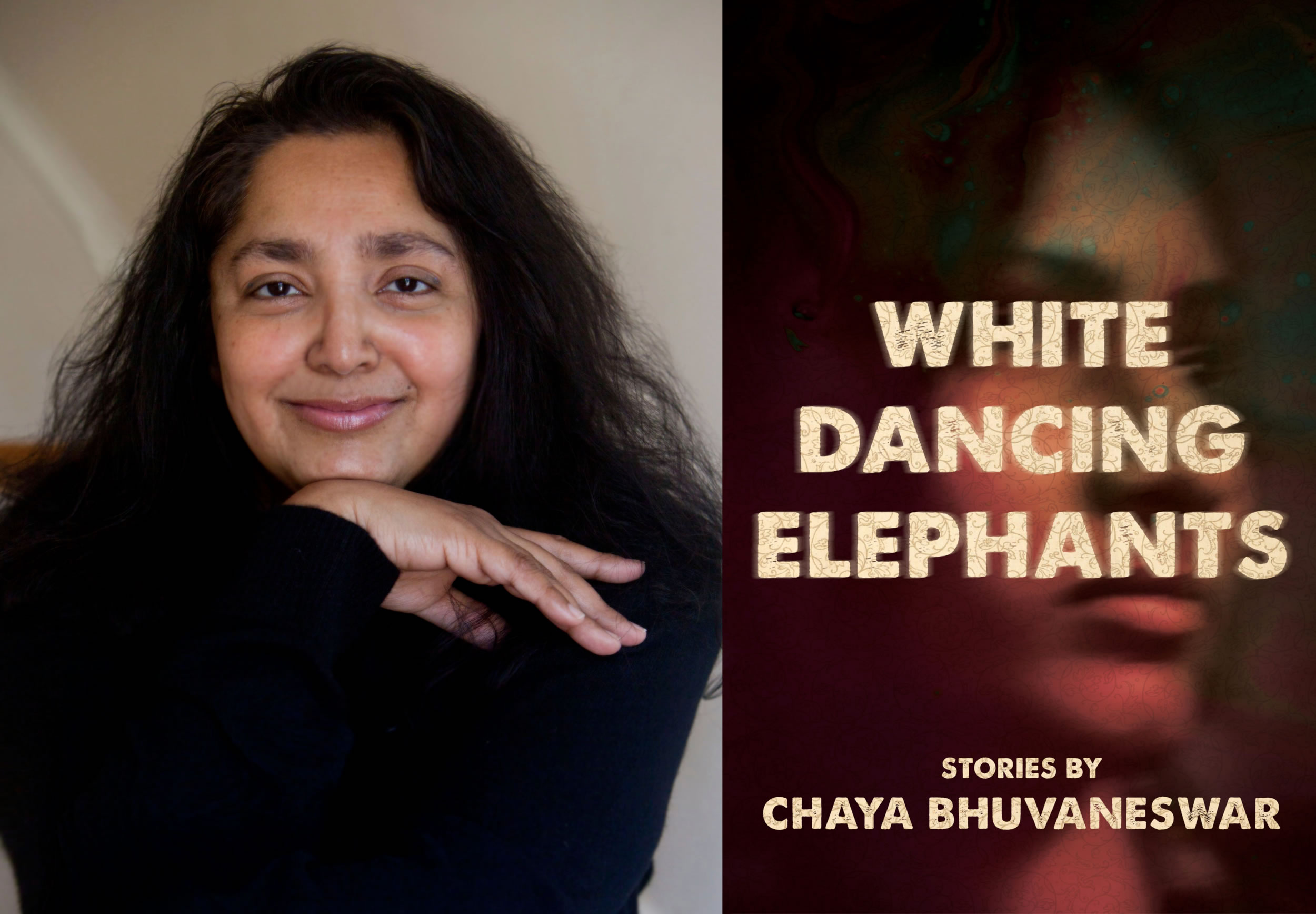I
Ask anyone connected to the legal system, from the circuit court clerk tucking motions into folders to the convicted gangster paying off guards to mule Marlboros: there’s no one more reviled than a sex offender.
Most prisons and jails have “protective custody”—use of solitary confinement as a safety protocol—for sex offenders: in “general population” they’re easy pickings for stabbing and beating, which is why the Federal Bureau of Prisons operates low-to-medium security penitentiaries devoted mostly to their incarceration, with some prisons having a sex offender population of up to 85-90%. Even for a convict with the ethical compass of Whitey Bulger—wherein robbery, drug peddling, and cold-blooded murder are fair game—taking a child’s innocence is one step too far.
But a child molester is not a monster: he (they’re almost always male) is still a human being. In her debut true crime book, The Fact of a Body (Flatiron, May 2017), former attorney and writer Alexandria Marzano-Lesnevich delivers this point—no matter how heinous the crime, there are few monsters, just men who commit monstrous acts.
On Feb. 7, 1992, 26-year-old Ricky Langley, a twice-convicted child molester, strangled Jeremy Guillory inside a home in the small town of Iowa, Louisiana, a town so small, the streets have no names. Even the Law had trouble finding Guillory’s address when his mother reported him missing. After Calcasieu Parish Sheriff’s investigators found Guillory’s corpse stuffed in Langley’s closet, the recently paroled sex offender confessed multiple times to the homicide and was convicted and sentenced to die at the state’s notorious Angola Prison.
It’s debatable whether or not Langley sexually assaulted Guillory prior to the crime—a minor point Marzano-Lesnevich brings up, but never tries to resolve, in her work. Instead, she leaves it up to the reader to decide, just as three Louisianan juries would decide throughout Langley’s appeals process.
Fast forward to 2003, and Marzano-Lesnevich is interning at a law clinic strictly dealing in death penalty appeals. The daughter of two New Jersey attorneys, Marzano-Lesnevich has been opposed to capital punishment since she was a child. The clinic just overturned Langley’s death penalty conviction, knocking it down to a lifetime bid. With the practicing lawyer of the clinic absent from the interns’ orientation due to an appeal in Texas, the clinic shows the aspiring attorneys Langley’s confession tape.
At this point, the book takes a turn:
“I came here to help save the man on the screen. I came here to help save men like him. I came here because my ideals and who I am exist separately from what happened in the past. They must. If they don’t what will my life hold?
But I look at the man on the screen, I feel my grandfather’s hands on me, and I know. Despite what I’ve trained for, what I’ve come here to work for, despite what I believe.
I want Ricky to die.”
Alexandria Marzano-Lesnevich is a sexual abuse survivor. As the memoir moves forward, the author reveals that her grandfather molested her during childhood—how her family handles it, well, that’s her story to tell.
Interweaving Langley and his clan’s past, along with her own, Marzano-Lesnevich explores not just the crime, but the human condition. Ricky Langley didn’t want to molest kids, but he did nonetheless, almost like a drug addict who cannot resist a dose of heroin; he tried to seek help for his pedophilia, but was turned away prior to going into the system. Marzano-Lesnevich tries to make amends with her family, but she never quite gets there. Unlike Ricky, who grows up in poverty and is subsequently at the receiving end of the justice system, Marzano-Lesnevich’s background allows her to flee the bad memories by attending college and later, Harvard Law School.
Despite this blind spot about her own privilege, which I’ll address later, Marzano-Lesenvich’s juxtaposition of a predator and a victim shows the difficulty of achieving salvation—both Langley and herself are caught in a struggle to save their futures from their pasts, to prevent repeating the sins they either perpetrated or suffered. Yet they come up short each time.
What’s impressive about this work is not just the subject matter, but the true-crime vibe: fast-paced storytelling; hard deep looks into the lives of the prosecutors; the sheriff’s investigators; and the victim’s and perp’s families. But unlike the seminal true crime work, Vincent Bugliosi’s Helter Skelter, this memoir does not read like a lawyer’s prose. While Bugliosi delivered a truly genre-defining work, trudging through his account of the Manson Family murders is almost akin to reading a primer for a first-year law student, weighted with explanations of legal procedure and law. Marzano-Lesnevich doesn’t fall into that trap—if anything, she writes more like Joan Didion:
“With only two days left in Louisiana, I know what I’ve been avoiding. In the tens of thousands of pages I’ve gone through, the transcripts and serology reports and bodily fluid reports and the documents from Ricky’s life, his mental health records from Lake Charles and then from when he was imprisoned in Georgia, the only photographs I’ve seen of Jeremy are the ones in which he’s alive.
But that’s not how his story ended. I have been driven all along by the belief that there is a knot at the heart of the collision between me and Ricky that will help me make sense of what will never be resolved. The way my body is evidence, yet I will never fully know what it contains. I carry what my grandfather did in my body. I carry it through my life. All the records I’ve seen have made me imagine Ricky, imagine family, begin to empathize with him. I can’t not know—I can’t not face—what he did. I can’t allow even any part of myself to think that Jeremy remained the boy in his school photo. Unchanged and alive.”
For The Fact of a Body, the crime is the frame; the story’s in the raw emotion Marzano-Lesnevich delivers across the page, much like Didion’s exploration of the Patty Hearst case in California Notes. As with Didion’s work, Marzano-Lesnevich uses the great gift of empathy to explore her subject, instead of only relying on rhetorical flourishes. The facts in this work provide a vehicle for a deeper exploration of human emotion in the aftermath of an evil act—indignation, forgiveness, fear, resentment, understanding, etc.
What the average reader might not know about The Fact of a Body is that the murder of Jeremy Guillory, and the author’s own experiences with sexual abuse, are tragically mundane—take it from me: a burnt-out small-town newspaper reporter. Marzano-Lesnevich’s judicial aspirations petered out after one summer at a death penalty clinical; it took two years covering car wrecks, homicides, and child rapes for the toll to catch up with me, and I’ve been paying the emotional price ever since. Like Marzano-Lesnevich, I view the legal system as a necessary evil, one that sorts out the facts well, but fails to address the circumstances that lead a human being to commit crimes in this world—circumstances that often take years to develop.
When I read this memoir, I could feel the pain Marzano-Lesnevich went through—I’ve seen that pain too many times, when a child placed on the stand confronts his or her abuser. I’ve since taken a hiatus from newspaper reporting.
II
Here’s how the murder of Jeremy Guillory would go down in my newsroom experience. First article: the reporter flips a press release about the missing boy, maybe goes to the scene and interviews neighbors and relatives once the search truly gets underway. Second article: our reporter writes up the arrest by dropping in a few quotes from the sheriff’s small-town press conference—along with dirty little details about the homicide contained in the criminal complaint submitted by the investigator to the local judge. Then comes the victim profile: a sympathetic write up about the victim’s life, accompanied by a front page spread of his grieving mother, clutching his framed picture while sitting on a front porch. If the victim is even somewhat innocent, a jury will be sworn in to determine not if the defendant is guilty, but to what degree. Most murders aren’t “who dunnits” like on TV; they’re “why dunnits” or “just how bad they dunnits.”
After a year of small “briefs”—250-word articles updating the case—one day the courtroom is filled with 100 citizens. It’s trial day, and somber justice is in the air. For a crime reporter, the case will finally be resolved, after a long season of sitting on wood benches and scribbling away in a notepad, hands cramping. Perhaps it will last a couple days, maybe a couple weeks. Either way, the crime reporter worth his or her salt will be there from gavel to gavel, from selection to verdict. Tears will flow and tension will hang in the air until the foreman reads, “Guilty.” And because it’s murder in the first-degree, the crime reporter knows there isn’t going to be a sentencing hearing—the judge will send the defendant up that night.
There’s an old adage in the news industry that “if it bleeds, it leads,” referring to the typical reader’s inability to prevent themselves from consuming horrible, horrendous content. We’re repulsed while drinking our morning coffee, but we can’t seem to fold up our newspaper and put it down until we’ve read the full article. But in the small towns that dot our land, where one can’t wear jeans to church without catching an earful from an aunt the following Monday, the murder of a child takes on a different tone—the readers buy the paper to read about the crime because they’re bleeding, too. No matter whether they’re bleeding with despair, hate, anger, pity, or curiosity, the reader bleeds nonetheless. And the crime reporter with a heart bleeds as well. I recognize that feeling in Marzano-Lesnevich’s memoir.
The murder of Jeremy Guillory, if it made the Associated Press wire service, would be about 250 words, pure filler for the papers around Louisiana. As for the crimes committed against Marzano-Lesnevich, that type of sexual abuse is sadly about as typical as jaywalking. The public’s perception of the ski-mask-wearing rapist waiting to jump a female jogger in the park after dark is pure BS—it’s the uncle, the step-dad, the father, the boyfriend, or in Marzano-Lesnevich’s case, the grandfather.
And that’s the hugest tragedy of all: it’s someone we trust who harms our children. Marzano-Lesnevich explores this idea, with pain and hurt I could never imagine resonating from the page. Maybe she wouldn’t like to hear this, but I’ll say it anyway—by sharing her experience, and humanizing it from all sides, she gives voice to the voiceless, one of the highest virtues of journalism and nonfiction writing. She is a hero. When it comes to child molestation, there’s rarely a “pedophilic monster,” a ghoul lurking in the shadows of playgrounds waiting to trap children inside a windowless van. Instead, the perpetrators are seemingly well-adjusted gentlemen, generally without criminal record, who have one compulsion. Marzano-Lesnevich appropriately humanizes Ricky Langley for the reader, but in the same breath reminds us that Jeremy Guillory is dead, and Jeremy Guillory had a life, too. In a world with Serial and Making a Murderer, Marzano-Lesnevich pushes true crime to the next level—she humanizes the perpetrator, without turning him into a hero, or still worse, a victim.
III
In this proud Southerner’s opinion, Marzano-Lesnevich does a good job not “othering” the South when she describes the struggles and trials of the Langley and Guillory families. Descriptions of gun racks on pickup trucks and “welfare motels” in Iowa, La., are a little on the nose. The Southern reader might throw the book across the room at that point, but I would urge them to pick it back up; she doesn’t dwell on these details, nor does she poke fun. She also doesn’t caricature Southerners as toothless hicks, white trash. Marzano-Lesnevich instead treats them like people, although at times I felt she stretched herself when relating her own experiences as an upper middle-class Northerner with the lives of poor Southerners: pain is pain, but the pain of poverty will never be understood by the wealthy. Struggle is struggle, but no matter how much empathy Marzano-Lesnevich expresses, she makes the jump a little too suddenly without checking her own privilege.
This becomes evident in the closing third of the book, when Marzano-Lesnevich begins to tie up the two main strands of the memoir, her struggle as a survivor and Langley’s struggle as a perpetrator. However, in her effort to link these ends, she reveals a hole in her perception; Langley and Guillory were both poor, while she came from privilege. The fact is, Marzano-Lesnevich can, and to a large extent, has exorcised her demons because she has the resources to do so. While sexual abuse transcends class, Marzano-Lesnevich had the opportunity to escape her condition and put her past in perspective, a reprieve afforded to Ricky only in a Georgia prison. Somehow, with all the empathy Marzano-Lesnevich displays throughout the memoir, she seems to miss this point.
Ultimately, The Fact of the Body isn’t just true crime, and it isn’t just memoir: it’s Gonzo-style journalism at its finest. Unlike Dr. Hunter S. Thompson’s chemically induced rants and ravings, Marzano-Lesnevich uses a writing aid much deeper than cocaine, LSD, mescaline, and Wild Turkey—she uses the ghosts of her past.



